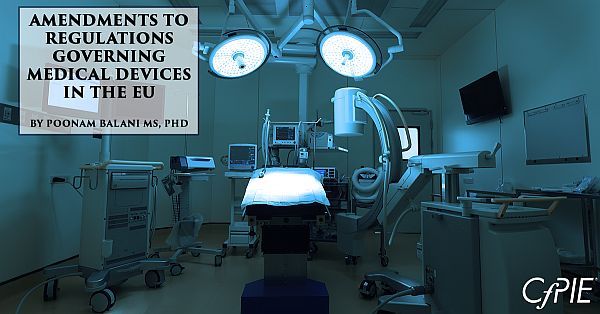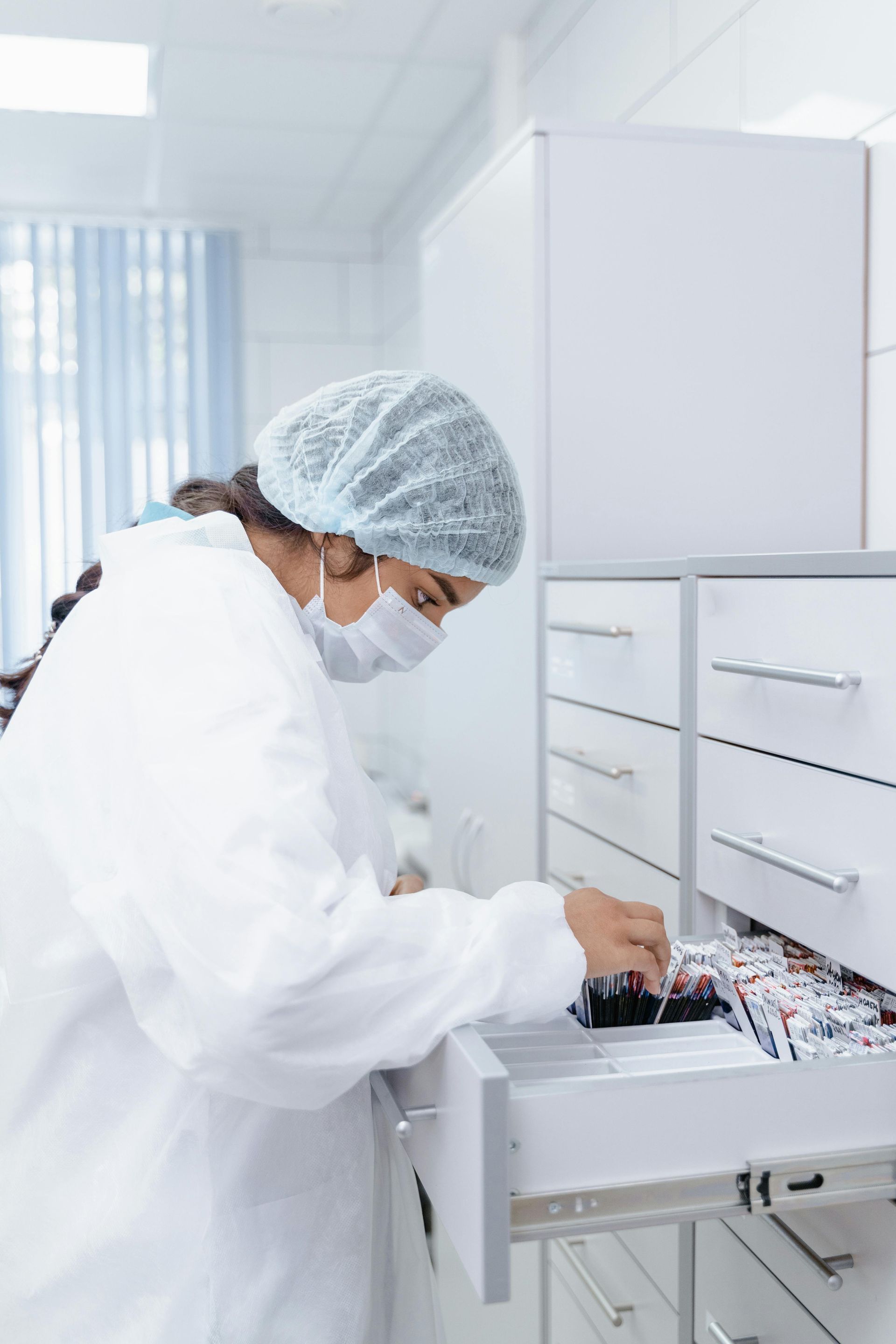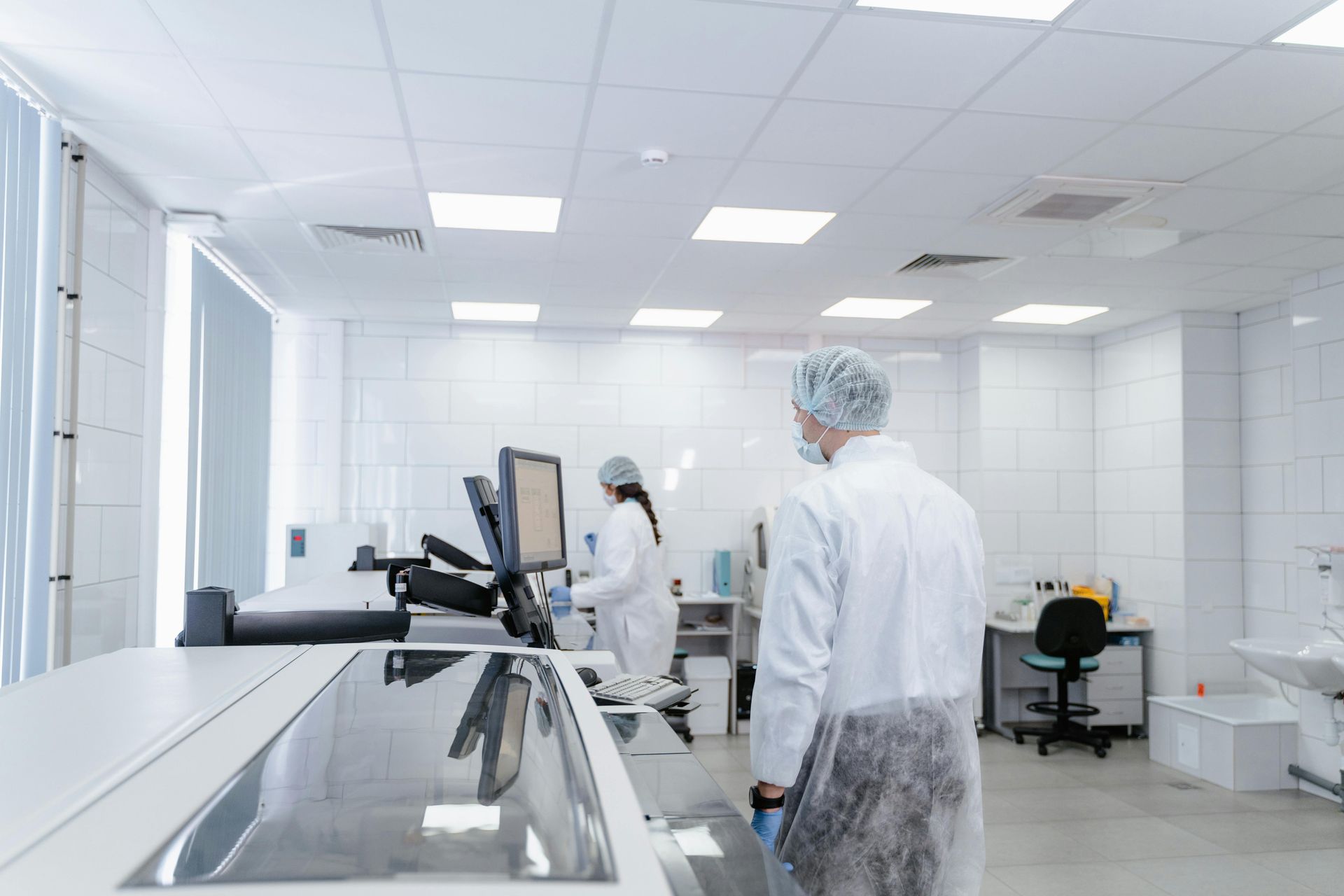Amendments to Regulations Governing Medical Devices in the EU
In a tripartite negotiations, the European Commission, EU Parliament and Council have agreed on a draft regulation regarding the proposed regulatory framework for medical devices and in-vitro diagnostics
This EU regulation is drafted with the purpose of smooth functioning of the medical devices market within the EU, with the aim of ensuring greater health protection for patients and especially considering the needs of the small and medium sized enterprises (SMEs) in the medical device sector. The draft regulation also sets higher standards for quality and safety for medical devices and also harmonizes the regulations governing the free movement of goods for medical accessories.
Proposed changes to the existing regulation
Several areas have been highlighted for an increased scrutiny. These include the notified bodies, post market surveillance and clinical investigations. The new proposals for draft regulation for medical devices and in-vitro diagnostics carry extensive details as well as an introduction of a European database medical devices and in-vitro diagnostics to facilitate transparency and effective communication between the manufacturers and operators of medical devices, notified bodies, member states and the European Commission.
The European Databank on medical devices (Eudamed) will integrate the data on information on the registration of the products with a Unique Device Identification Number (UDI). The UDI will enable increased traceability while improving the management of available stocks and waste disposal policies. The Council has taken particular care and taken special steps to ensure the implementation of the traceability and identification rules in practice. The Europe wide database shall also be integrated for economic operators and information collection.
This would enable the assessment for conformity of procedures, certificates, reporting incidents and clinical studies. The primary objective of the database is to improve the transparency and provide better access to information for healthcare professionals as well as general public. The central database is also expected to streamline information sharing between member states of the EU and the EC and would avoid uncalled for duplication and multiple reporting.
What it mean for the notified bodies
Under the council's approach, notified bodies will have to undergo a stricter designation process and increased monitoring by the authorities. Furthermore, it will be obligatory for the notified bodies to employ clinical experts and medical doctors. Notified bodies will also have to implement a rotation system for their lead auditors in surveillance audits. Additionally, notified bodies would be given the authority to "carry out unannounced factory inspections" at least once every five years, to establish continuous compliance to the regulatory requirements and the manufacturer’s quality management system.
Implications for manufacturers
Once the regulation comes into effect in the first quarter of this year, the manufacturers are expected to face increased post market surveillance requirements. Manufacturers will have to establish a post market surveillance system that is "proportionate to the risk class and appropriate for the type of device." Involved enterprises will also have to submit periodic safety update reports (PSURs) on an annual basis. Under the new regulations, the manufacturers will have to have a faster response time in an event of serious public health threats or deaths caused by devices.
One key category affected is the software which is intended to gather data which is later used for a diagnostic decision or therapeutics. Such software shall be classified as class IIa. If such decisions can result in direct or indirect death or deterioration in health, the software has to be classified into category III (highest risk), even though it may not be a part of a class III medical device.
In the amendments to the EU regulation on medical devices, the risk management system, the vigilance system and the post market surveillance system are clearly postulated as integral parts of the quality management system. Manufacturers will be required to employ a person who is responsible for regulatory compliance. The manufacturers will also have to conclude a liability insurance agreement so as to financially cover the damages occurred due to faulty products.
Greater protection to patients
The final regulation has been amended to include greater protections for patients involved in the trials and clinical investigations for medical devices. In order to demonstrate conformity, companies will have to prove that the devices have an acceptable benefit to risk ratio. Product safety and performance of high-risk devices will have to be established by conducting clinical investigations. The amendments will include a provision for the manufacturers of class III (highest risk) devices to consult with an expert panel. This panel will provide a feedback on the company's clinical investigation strategy. The regulation also lays down the criteria and restrictions on the types of clinical investigations to be conducted. Individual member states in the EU will have the final say on any further restricts of certain practices within the scope of a clinical investigation.
[1] https://ec.europa.eu/growth/sectors/medical-devices/regulatory-framework/revision_en
[2] https://ec.europa.eu/growth/tools-databases/newsroom/cf/itemdetail.cfm?item_id=8863&lang=en
Blog Categories
Stay Informed



